
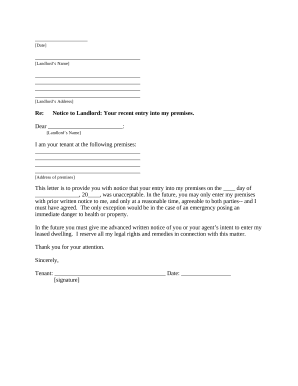
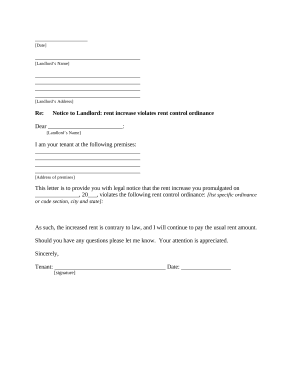
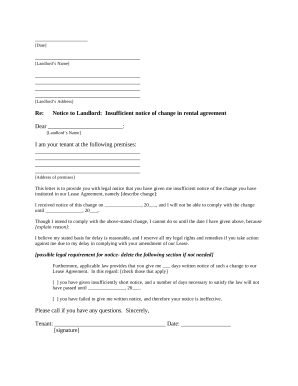
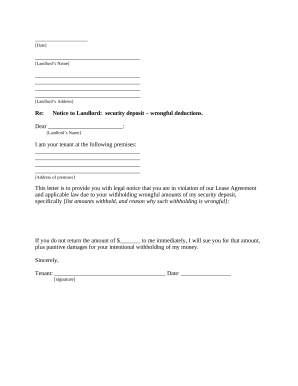
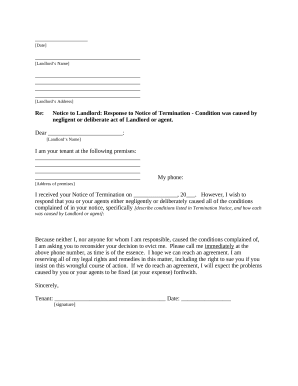


Document management can stress you when you can’t discover all the documents you need. Luckily, with DocHub's extensive form categories, you can discover everything you need and promptly manage it without changing between applications. Get our Landlord and Tenant Dispute Forms and start utilizing them.
The best way to manage our Landlord and Tenant Dispute Forms using these basic steps:
Try out DocHub and browse our Landlord and Tenant Dispute Forms category easily. Get a free account right now!